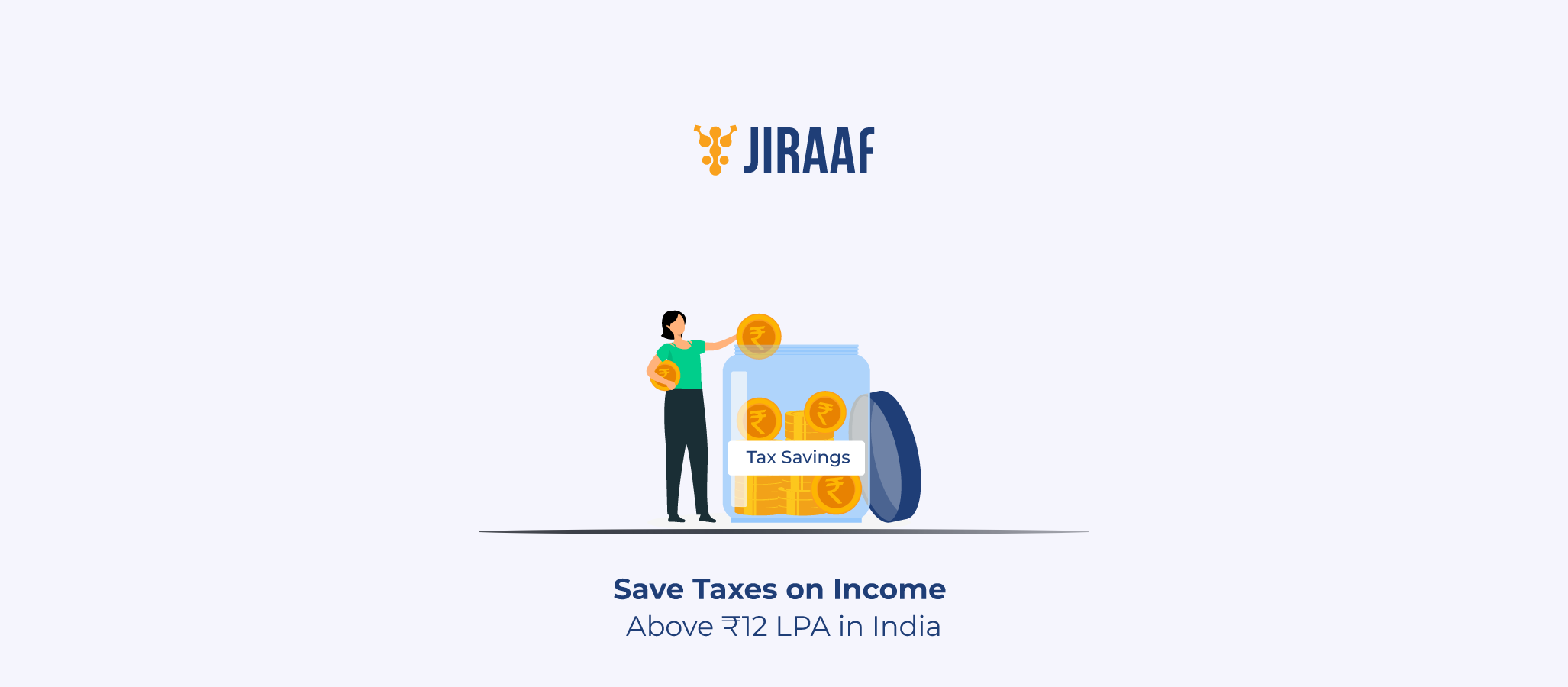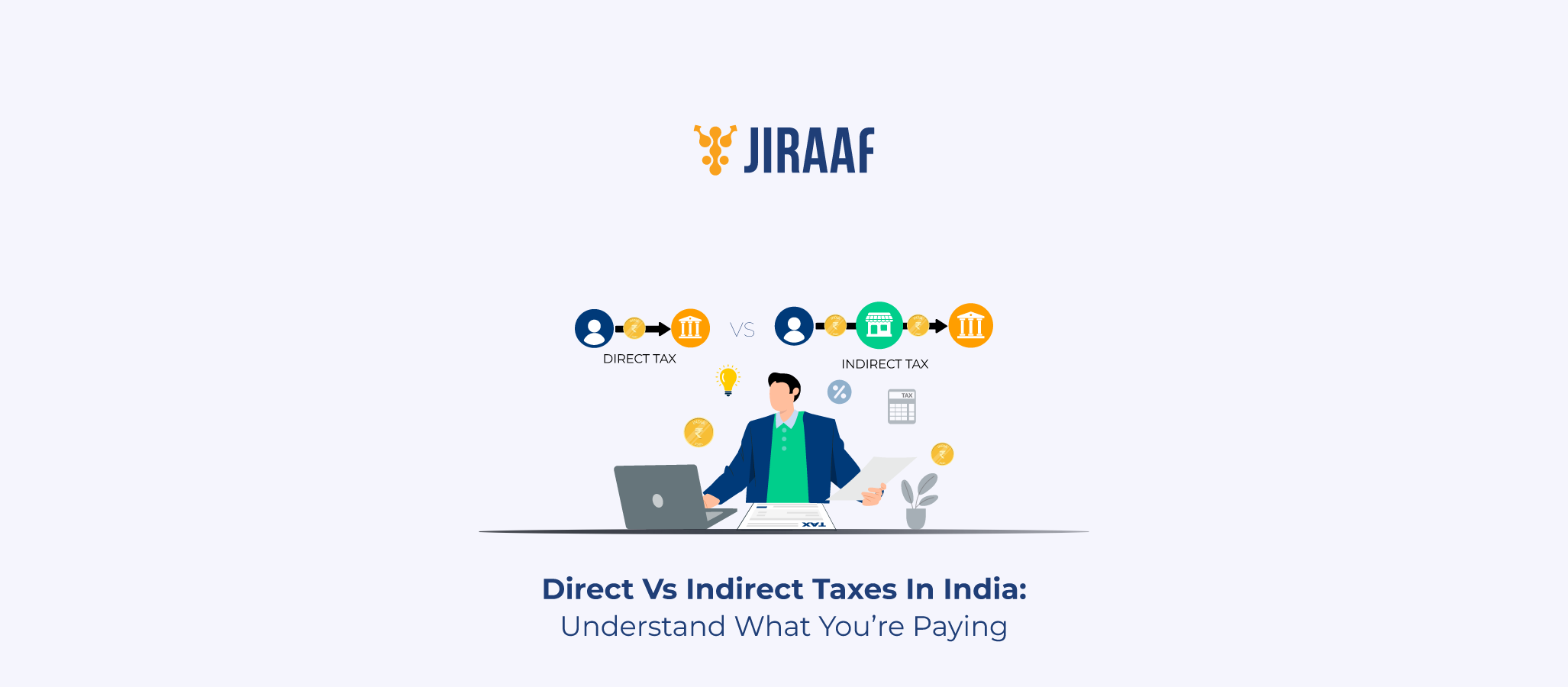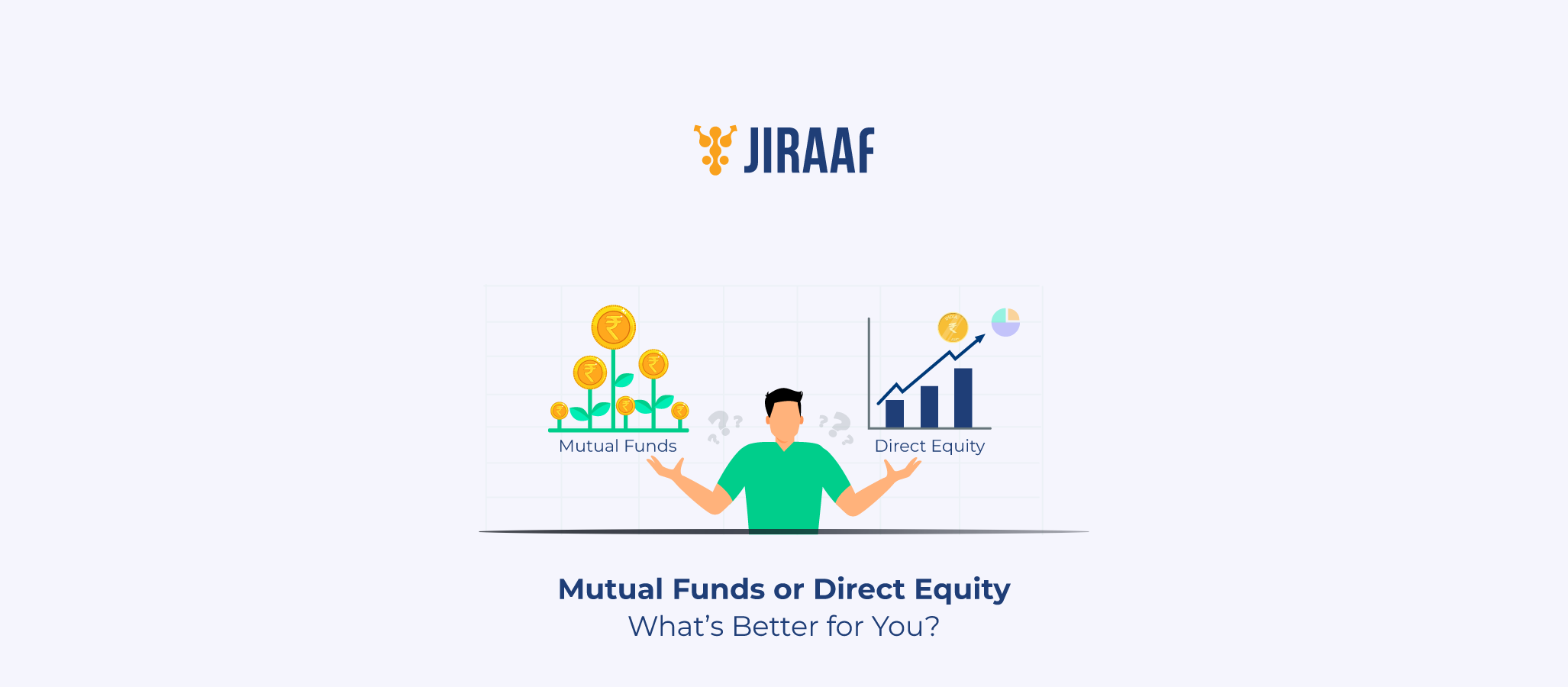If you’re earning over ₹12 lakh a year, taxes can quietly but surely take a larger share of every raise you get. And if your salary structure isn’t optimized or your investments aren’t tax-efficient, you could be overpaying taxes, often without realizing it.
Even though Budget 2025 introduced welcome relief by expanding the zero-tax threshold to ₹12 lakh under the new tax regime, along with a higher Section 87A rebate and a standard deduction of ₹75,000, these benefits don’t apply automatically. To make the most of them, you must align your salary structure, investment choices, and deductions with the updated tax rules. And we don’t mean leveraging loopholes or trying last-minute tricks, but using the system the way it’s designed.
In this guide, we’ll break down exactly how high-income earners like you can reduce your tax outgo with smart planning and strategic decisions.
Understanding Your Tax Liability for Income up to ₹12 Lakh
Fortunately, the Union Budget 2025 has rewritten the tax script in your favor. With the rebate limit under Section 87A raised to ₹60,000 and the zero-tax income threshold lifted to ₹12 lakh under the new tax regime; salaried professionals now have a better chance at keeping more of what they earn.
A higher standard deduction of ₹75,000 for salaried individuals applies only under the new tax regime but remains at ₹50,000 under the old regime.
So, how do you make the most of these changes? The answer lies in choosing the right tax regime, investing strategically, and restructuring your salary smartly.
Should You Choose the Old or New Tax Regime?
Let’s begin by looking at the slabs under the new tax regime for the financial year 2025–26 (assessment year 2026–27).
| Income Range (₹) | Tax Rate |
| Up to ₹4,00,000 | Nil |
| ₹4,00,001 to ₹8,00,000 | 5% |
| ₹8,00,001 to ₹12,00,000 | 10% |
| ₹12,00,001 to ₹16,00,000 | 15% |
| ₹16,00,001 to ₹20,00,000 | 20% |
| ₹20,00,001 to ₹24,00,000 | 25% |
| Above ₹24,00,000 | 30% |
Key Benefits of the New Regime
- ₹60,000 rebate under Section 87A for income up to ₹12 lakh
- ₹75,000 standard deduction for salaried individuals
- Simpler compliance with minimal documentation
- Marginal relief available between ₹12 and ₹12.75 lakh to avoid tax spikes
Now, let’s understand the old tax regime slabs.
| Income Range (₹) | Tax Rate |
| Up to ₹2,50,000 | Nil |
| ₹2,50,001 to ₹5,00,000 | 5% |
| ₹5,00,001 to ₹10,00,000 | 20% |
| Above ₹10,00,000 | 30% |
Key Benefits of the Old Regime
- A standard deduction of ₹50,000 for salaried individuals
- Multiple deductions under 80C (₹1.5 lakh), 80D (health insurance), HRA, LTA, home loan interest, and more
- Ideal for those who can claim total deductions of ₹3–4 lakh or more (some experts suggest starting to prefer old regime when deductions exceed ₹2.5 lakh, but ₹3–4 lakh remains a practical benchmark).
You can choose the old regime if your total deductions exceed ₹3–4 lakh; otherwise, the new regime usually offers lower tax liability and simpler compliance.
How to Save Tax Under the Old Regime?
The old tax regime offers multiple exemptions and deductions that can significantly reduce your taxable income if you plan well. Here’s how you can save tax on salary above ₹12 lakh under this regime:
- Maximize Section 80C Investments (Up to ₹1.5 lakh): Allocate funds to Public Provident Fund (PPF), Equity Linked Savings Scheme (ELSS), National Savings Certificate (NSC), tax-saving fixed deposits, and life insurance premiums to claim full deductions.
- Claim House Rent Allowance (HRA): If you live in rented accommodation, submit rent receipts and ensure rent paid exceeds 10% of your basic salary to claim HRA exemption.
- Utilize Leave Travel Allowance (LTA): Claim tax exemption on travel expenses for yourself and your family twice in a block of four years by providing valid proofs.
- Leverage Home Loan Benefits: Deduct principal repayment under Section 80C and interest paid (up to ₹2 lakh) under Section 24(b) for self-occupied property.
- Use Health Insurance Premiums (Section 80D): Deduct premiums paid for self and family up to ₹25,000; if you insure senior citizen parents, claim an additional deduction of up to ₹50,000.
- Explore Other Allowances: Use medical reimbursements (up to ₹15,000), conveyance allowance, children’s education allowance, and professional tax deductions where applicable.
By strategically combining these deductions and exemptions, you can substantially lower your taxable income, making the old regime highly beneficial if your total eligible deductions exceed ₹3–4 lakh annually.
How to Save Tax Under the New Tax Regime
The new tax regime simplifies tax slabs but restricts most deductions and exemptions. However, you can still save tax on salary above ₹12 lakh by focusing on these available provisions:
- Standard Deduction: Salaried individuals can claim a flat ₹75,000 deduction from salary income.
- Employer’s Contribution to NPS: Employer’s contribution up to 10% of basic salary qualifies for deduction under Section 80CCD(2).
- Interest on Home Loan for Let-out Property: Deduct interest paid on home loans for rented properties under Section 24(b).
- Transport Allowance for Differently-abled Individuals: Specific exemptions remain available.
- Marginal Relief: For incomes between ₹12 lakh and ₹12.75 lakh, marginal relief reduces tax liability to avoid sudden spikes.
The new regime excludes deductions like Section 80C investments, HRA, LTA, Section 80D health insurance premiums, and home loan interest for self-occupied property. Therefore, it better suits taxpayers with fewer deductions or those who prefer simpler tax compliance with lower tax rates across broader slabs.
Investment-based Tax Saving Options
Even though both regimes provide various ways to save taxes, here are some investment-based options you can consider.
- Equity Linked Savings Scheme: Offers you a tax deduction under Section 80C with a 3-year lock-in and potential market-linked returns.
- Public Provident Fund: Provides long-term, government-backed savings with tax-free maturity.
- National Pension System: Allows an additional deduction of ₹50,000 under Section 80CCD(1B) beyond 80C limits and helps you build a retirement corpus.
- Tax-saving Fixed Deposits: 5-year bank FDs qualify for 80C deductions.
- Unit-linked Insurance Plan: Combines insurance and investment with tax benefits.
- Sukanya Samriddhi Yojana, Senior Citizens Savings Scheme, National Savings Certificate: These are additional options under 80C and related sections that help you save on taxes.
Please note that these investment-based tax-saving options are available only under the old tax regime, which allows deductions under Section 80C and related sections. The new tax regime does not permit deductions for these investments but offers lower tax rates and a higher standard deduction instead.
Smart Salary Structuring to Minimize Taxes
Now that we have looked at which options can be used to lessen taxes, let’s see how salary structuring affects, and can help you save some more of your money.
- Keep Basic Salary Moderate: Limit basic pay to about 40-50% of CTC to reduce fully taxable income.
- Maximize HRA: Structure HRA to reflect actual rent paid and claim maximum exemption.
- Include Leave Travel Allowance (LTA): Claim tax-exempt travel expenses.
- Utilize Medical and Conveyance Allowances: Claim these allowances fully (under the old regime).
- Salary Reimbursements: Include telephone/internet reimbursements, meal vouchers, and other non-taxable perks.
You can coordinate with your employer’s HR to structure salary components effectively. This reduces your taxable salary without impacting the overall compensation.
Tax Saving Tips for High-income Salaried Individuals
To save tax for salaried persons earning above ₹12 lakh, adopt these advanced strategies:
- Plan Capital Gains: Use exemptions under Sections 54, 54EC, and 54F by reinvesting gains in specified bonds or residential properties.
- Tax Harvesting: Offset gains and losses across asset classes to reduce your taxable investment income.
- Use NPS Tier II Strategically: Tax-free withdrawal from NPS Tier II applies only to central government employees; for others, withdrawals are taxable.
- Maximize Insurance Deductions: Secure your family and claim deductions by increasing life and health coverage.
- Consult Tax Professionals: Tailor salary structuring, investment allocation, and income recognition timing to your profile.
These measures help reduce your effective tax rates while supporting financial security.
Final Thoughts: Plan, Invest, and Save Smartly
As a salaried individual, you must integrate tax planning into your broader financial strategy, irrespective of income or tax liability. If you want to save taxes on income above ₹12 lakh per annum, you need to make sure all the factors in your strategy align as per your personal finance plans, and not only that, you also need to use the chosen regime in the most effective way possible.
By proactively managing your tax liability, you ensure that your income works harder for you, not just in earnings but in efficiently preserving and growing your wealth as well. Stay informed, review your financial position regularly, and consult experts to unlock the full potential of tax savings tailored to your high-income profile.
Discover fixed income investments with Jiraaf, a SEBI registered online bonds platform that educates and brings access to a wide array of bonds. Sign up today to explore diversified fixed income investment opportunities to support your goal-based wealth creation journey. Start investing!



